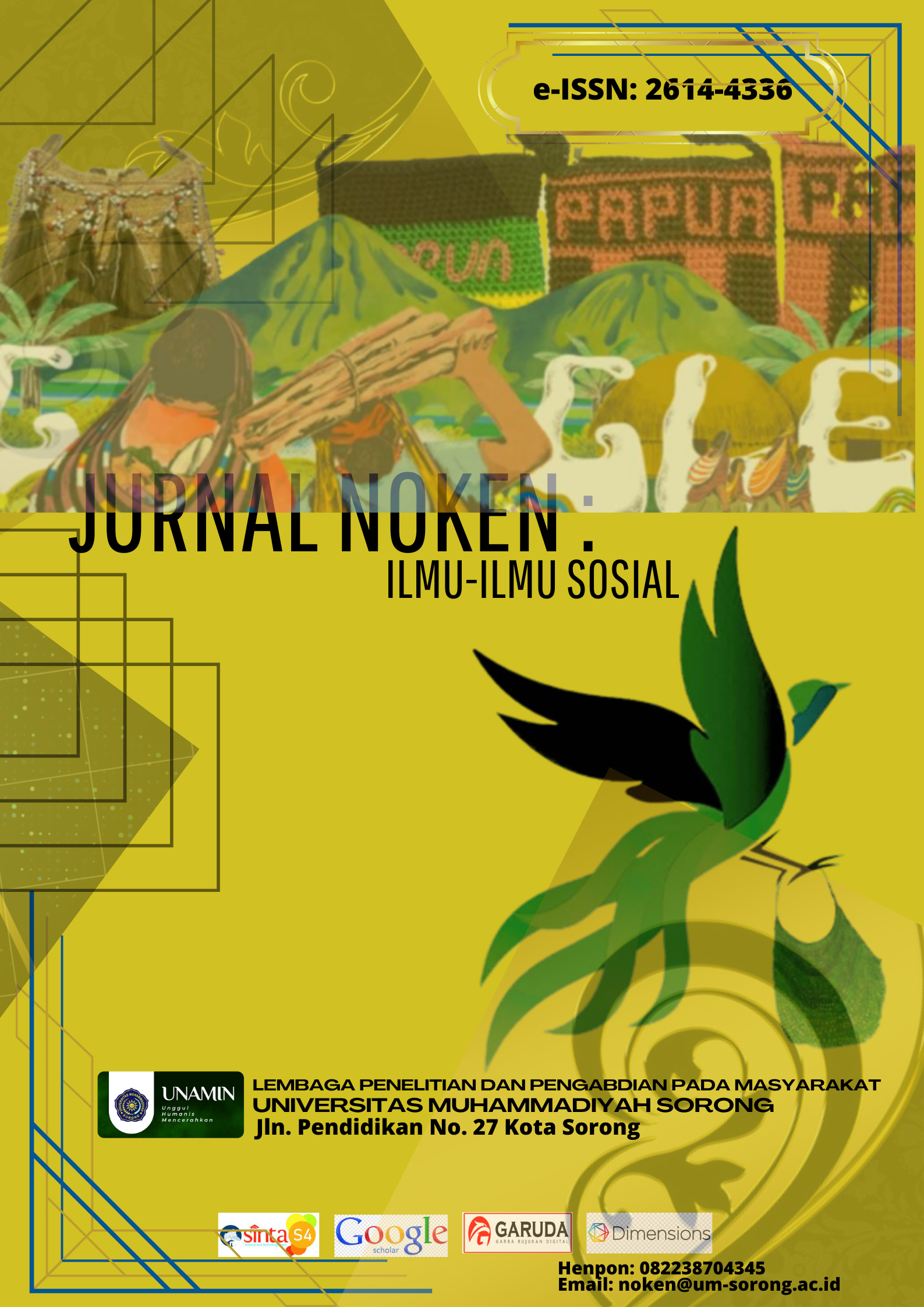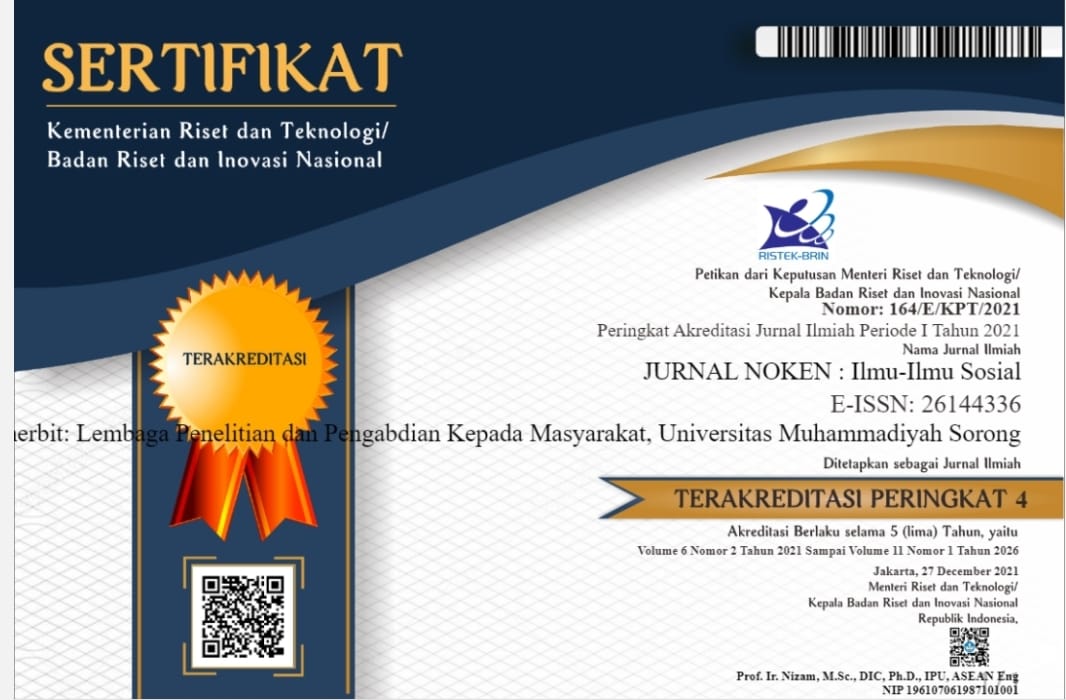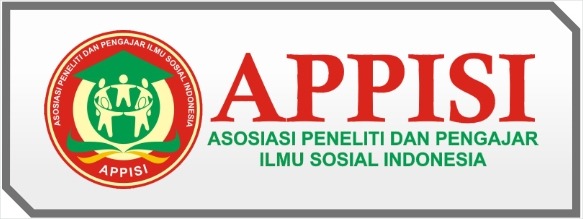Implikasi Citra Kandidat Terhadap Perilaku Golput (Turnout) di Moderatori Oleh Kepercayaan Pada Pemilih Muda Kota Samarinda
DOI:
https://doi.org/10.33506/jn.v9i1.3086Keywords:
Citra kandidat, perilaku golput, pemilih muda, kepercayaanAbstract
The characteristics of young voters are critical, independent, independent, anti-status quo, and pro-change as a new force in democracy, but many do not use their voting rights properly. An important factor why young voters do not choose candidates in elections (abstention) is due to aspects of the candidate's trust and image that do not meet the qualifications and expectations. This research seeks to determine the role of candidate image in elections which can influence the abstention behavior (turnout) of young voters with trust as the main moderator variable. The approach used in this research is quantitative with a research sample of 135 young voters in Samarinda. Data analysis uses multiple regression analysis using the Statistical Product and Service Solutions (SPSS) program. This research obtained results after a regression analysis was carried out from the results of multiplying the candidate's image and trust which was marked with the product symbol. The result is that the product is not able to predict abstention behavior well. It can be concluded that the candidate's image and trust can predict high abstention behavior. However, trust was not proven to be a moderator of the relationship between candidate image and abstention behavior. Trust cannot be a moderator variable for certain reasons, namely because trust can be independent of the influence of the candidate's image. Subjects were more likely to differentiate between candidate image and trustworthiness and the two were not connected.
References
Blondel J., & Svensson, P. & Sinnott, R. (1998). People and Parliament in the European Union: Democracy, Participation and Legitimacy. Oxford: Oxford University Press.
Bogard, C.J. &Renee, I.S. (2008).Information They Can Trust: Increasing YouthVoter Turnout at the University. PSOnline www.apsanet.org.
Camilla, T. ( 2012). How Do Young People Understand Votingand Voter Turnout?A Comparative Study of Sweden and the United States of America. ThesisDepartment of Economics and Informatics. University West.
Costello, R., & Thomson, R. (2008). Election Pledges and their Enactment in Coalition Governments: A Comparative Analysis of Ireland. Journal of Elections, Public Opinion and Parties. Vol 18(3), pp. 239-256.
Detik, (2014). Pilgub Kaltim, Awang-Mukmin Menang dan 1,2 Juta Pemilih Golput. Selengkapnya di https://news.detik.com/berita/2360270/pilgub-kaltim-awang-mukmin-menang-dan-12-juta-pemilih-golput. Diakses pada 28 Juli 2018.
Draper, N.R., & Smith, H. (1992). Applied Regression Analysis,Second Edition. John Wiley and Sons, Inc. New York.
Esser, F. &Vreese, C.H. (2007). Comparing Young Voters: Political Engagement in the United States and Europe.American Behavioral Scientist. Vo 50 (9), pp 1195-1213.
Ferdianysah. (2018). Sebanyak 160 Juta Pemilih Muda Bakal Nyoblos Pilkada 2018. Selengkapnyan di http://www.teropongsenayan.com/79502-sebanyak-160-juta-pemilih-muda-bakal-nyoblos-pilkada-2018. Diakses pada 28 Juli 2018.
Fieldhouse, E., Trammer, M., Russel, A., (2007). Something About Young People or Something About Elections? Electoral Participation of Young People in Europe: Evidence From A Multilevel Analysis of the European Social Survey. European Journal of Political Research. Vol 46 (86), 797–822.
Green, S. B., & Salkind, N. J. (2010). Using SPSS for Windows and Macintosh: Analyzing and Understanding Data (5th ed.). Upper Saddle River, NJ: Pearson Education, Inc.
Gronlund, K., & Setala, M. (2007). Political Trust, Satisfaction and Voter Turnout. Comparative European Politics.
Handaningrum, O. &Rini, A.P. (2014) Persepsi Terhadap Kualitas Calon Legislatif (Caleg) dan Kepercayaan Politik (Political trust) dengan Partisipasi Politik. Persona Jurnal Psikologi Indonesia. Vol. 3, No. 03, pp. 223 – 236.
Highton, B., & Wolfinger, R.E. (2001). The First Seven Years of the Political Life Cycle. AmericanJournal of Political Science. Vol 45 (1), 202–209.
KPU Kaltim. (2018). KPU Kaltim menyelenggarakan FGD ―Regulasi Tahapan Pemilu 2019. Selengkapnya di https://kaltim.kpu.go.id/archives/2197. Diakses pada 29 Juli 2018.
Krina, L. L. &Zainal, M (2018). Partisipasi Politik Pemilih Pemuladalam Bingkai Jejaring Sosial Di Media Sosial. Jurnal ASPIKOM. Vol 3 (4), 737-754.
Lampost.co. 2017. Partisipasi Pemilih Tantangan Pemilu dan Pilgub. Selengkapnya http://www.lampost.co/berita-partisipasi-pemilih-tantangan-pemilu-dan-pilgub
Newman, B, I. (2006). Branding and Political Marketing In The United States. Gabler: 1 German.
Ngampong, T.I. (2018). Dinamika Kognitif Pemilih Pemula Pada Pilpres. Prosiding Konferensi Nasional Peneliti Muda Psikologi Indonesia 2018. Vol. 3, No. 1, pp. 55-71.
Niaga Asia. (2018). Pilgub Kaltim, Jumlah Pemilih di Samarinda Sekitar 584 Ribu. Selengkapnya di https://www.niaga.asia/pilgub-kaltim-jumlah-pemilih-di-samarinda-sekitar-584-ribu/. Diakses pada 28 Juli 2018.
Nicolas P., &Michelle, C, (2014). Will Indonesia‘s Online YouthShape 2014 Elections? Dalam Election in Indonesia. Asia Foundation. Jakarta.
Norris P. & Curtice J. & Sanders D. & Scammell M. & Semetko H. (1999). On Communicating the Campaign. Sage. London.
Norris P.(2000). Stays home? Political mobilisation. In; Norris P. (ed.): A virtuous circle: Political Communications in post-industrial societies. New York: Cambridge University Press.
PGDPA. (2015). Determinants Of Youth Voter Turnout: A Case Study In Thimphu Town. Tesi. Royal Institue of Management. Bhutan.
Plutzer, E. (2002). Becoming AHabitual Voter: Inertia, Resources, and Growth in Young Adulthood. American Political Science Review. Vol 96 (1), pp. 41–56.
Powell G. B. (1986). American Turnout in Comparative Perspective. American Political Science. Vol 80 (1),pp. 17-43.
Scammell, M. (2007). Political Brands and Consumer Citizens: The Rebranding of Tony Blair. The Annals of the American Academy of Political and Social Science. Vol 611(1), pp. 176-192.
Strachan, A.L.(2014). Voting behaviour in Indonesia: Impact of information and performance. Helpdesk Research Report. GSDRC.
Subana, M .& Sudrajat. (2005). Dasar-Dasar Penelitian Ilmiah. Bandung: Pustaka Setia.
Sukendar, M.U. (2017). Pemilihan Presiden, Media Sosial Dan Pendidikan Politikbagi Pemilih Pemula. Jurnal IKON Komunikasi Massa,1 (5), 74-79.
Ulla Fionna (2017). ISEAS Survey: Passive Indonesian Voters Place Candidate before Party. SEAS - Yusof Ishak InstituteIssue No. 80, pp. 1-11.
Zuckermann, A. (2005). The Social Logicof Politics: Personal Networks as Contextfor Political Behavior. USA:Temple University Press.
Downloads
Published
How to Cite
Issue
Section
License
Copyright (c) 2023 M Najeri Al Syahrin, M.A, Tri Astuti

This work is licensed under a Creative Commons Attribution-ShareAlike 4.0 International License.










